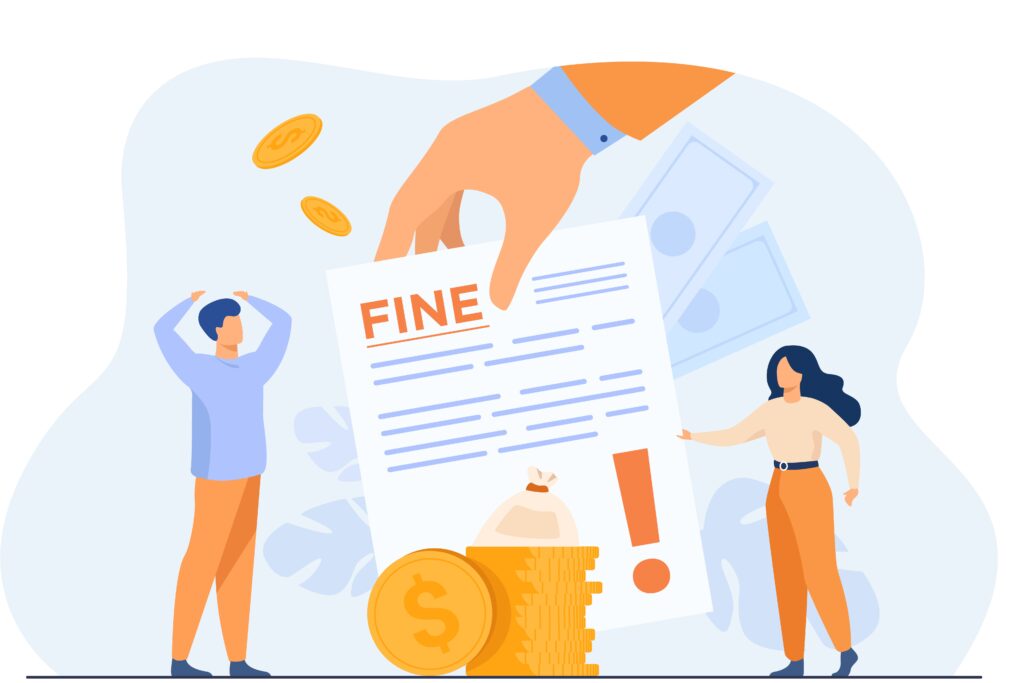We know that mutual funds are known to provide a wide range of facilities to investors.
But…
Have you ever wondered how the fund house earns? How does AMCs meet its expenses?
This is done by charging a small annual fee from investors known as the Expense Ratio.
Let us understand about expense ratio in mutual fund in detail.
Definition: Expense Ratio in Mutual Fund
Expense Ratio in Mutual Fund is an annual operating fee charged by AMCs to manage the money of investors. It is also known as the Total Expense Ratio (TER).

Expense Ratio of a fund can be calculated by dividing total expenses by total assets of the fund (AUM).
If you feel stuck with terms like “Asset Under Management”, then you may have a look on mutual fund terminology for beginners.
Expense Ratio (ER) = Total Expenses/Total Assets (AUM)
It is an annual operating cost which includes the management fee, administrative Fee, marketing and distribution cost etc.
Let us talk about these costs in detail.
What are the components of Expense Ratio?
There are three major components of the Expense Ratio in mutual fund:
1. Management Fee:
We know that AMCs appoints Fund Managers to manage the corpus of investors.
Fund Managers put in a lot of effort to choose the best option that fulfils the objective of the fund.
Management Fee is dedicated to pay them on a regular basis.
2. Administrative Fee:
Administrative Fee is charged to meet the expenses of running the fund.
This expense includes maintenance of proper records of the investors, customer support, info emails and availing other communication facilities etc.
3. Distribution Fee:
Distribution Fee is also known as the 12 b-1 Fee. This fee is charged for the promotion and advertisement of mutual funds.
How does the Expense Ratio of Mutual Fund Impact Returns?

The expense ratio indicates how much you will have to pay annually to the fund house to manage your investment portfolio.
This means that if you invest Rs 1 Lakh in a mutual fund scheme with an expense ratio of 2 %, then you need to pay Rs 2000 (Rs 1,00,000*2%) for operating the scheme.
If the same mutual fund scheme earns a return of 12%, then you will get an effective return of 10% after one year. This 10% will be your take-home return.
Limitations on Expense Ratio in Mutual Fund by SEBI
The Market Regulator SEBI has set a cap for the expense ratio to be levied by AMCs.
Equity Mutual Funds can charge a maximum expense ratio of 2.25% while Debt Mutual Funds are allowed to charge a maximum of 2% as expense ratio.
Let’s have a look at the AUM Slab Table of expense ratio.
| AUM (VALUE IN CRORES) | MAXIMUM EXPENSE RATIO FOR EQUITY FUNDS(%) | MAXIMUM EXPENSE RATIO FOR DEBT FUNDS(%) |
| INR 0-500 | 2.25 | 2.00 |
| INR 500-750 | 2.00 | 1.75 |
| INR 750-2000 | 1.75 | 1.50 |
| INR 2000-5000 | 1.60 | 1.35 |
| INR 5000-10000 | 1.50 | 1.25 |
| INR 10000-50000 | TER is reduced by 0.05% for every rise of Rs 5000 crore in AUM. | TER is reduced by 0.05% for every rise of Rs 5000 crore in AUM. |
| INR >50000 | 1.05 | 0.80 |
Why You Must Not Ignore Expense Ratio in Mutual Fund?

The Expense Ratio in a mutual fund is like a termite (Deemak).
It is important to consider because a higher expense ratio can eat up a lot of your money in the long run.
TABLE (RETURN ANALYSIS)
| FACTORS | MUTUAL FUND A | MUTUAL FUND B |
| Total Investment Amount (Lumpsum) | Rs 1 Lakh | Rs 1 Lakh |
| Expense Ratio(%) | No Expense Ratio (0%) | 2% |
| Time (Years) | 15 Years | 15 Years |
| Total Value [Investment + Return] | Rs 5,47,357 | Rs 4,17,725 |
| Difference in Amount | Rs 1,29,632 |
It is evident from the table how even a slight difference in expense ratio can affect our investment amount.
Investors should carefully analyze the Expense Ratio before choosing a Mutual Fund Scheme.
What is a good Expense Ratio for a mutual fund?

It fairly depends on the mutual fund scheme you have chosen.
If it is an Equity Fund, then you may go for a higher ER if the overall fund performance is good.
On the other hand, debt funds are supposed to provide lower returns, which generally ranges between 7% to 9%. In such a case, the return may sometimes fail to beat the inflation rate, and your investment will be of no use.
If you are still confused about which expense ratio to choose, then just focus to keep it below 1%. This will work for any fund you want to choose for your investment.
Happy Investing😊

